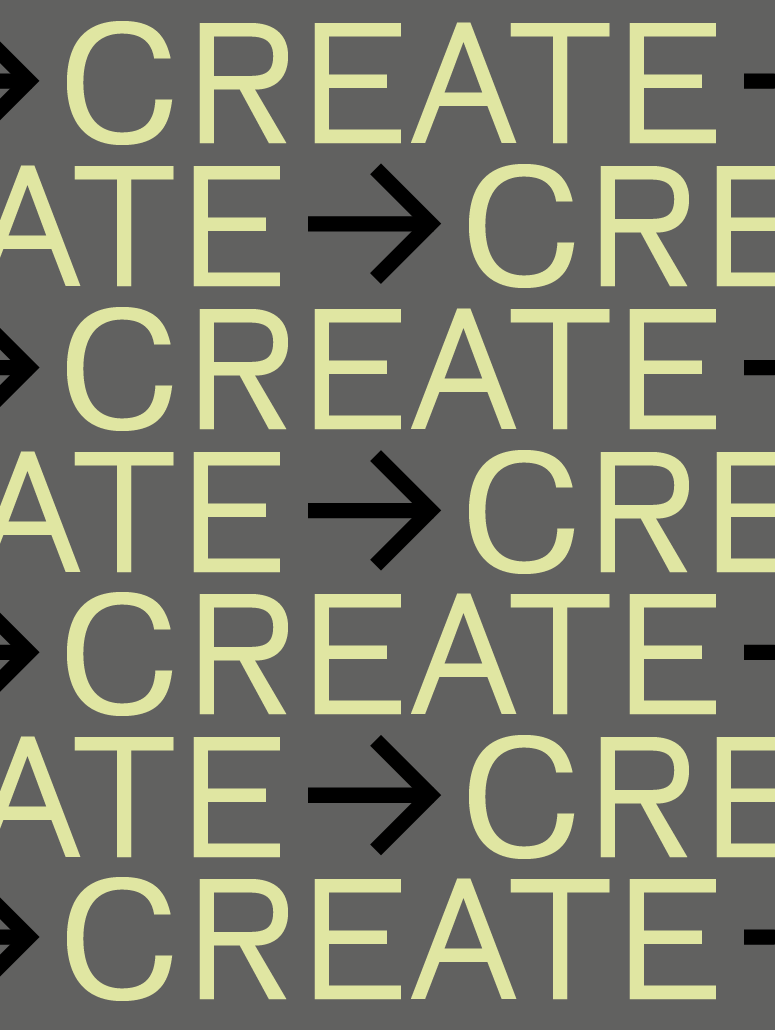When designers ruled the world
SHARE
Katie McHugh
18 Nov 2022
Whether we recognise it or not, design shapes our experience of the world – and that can be incredibly powerful for all kinds of businesses.
Think of your favourite product and what you like best about it, and design is almost certainly a key ingredient in that.
Design can also take us vividly to past times and places, immersing us in a childhood memory or nostalgic echoes.
But what was the most influential period in design – and how can we take inspiration from that today?
Design’s golden age
The modern era could be said to have begun in 1950 shortly after the upheaval of the Second World War. Teenagers seemed to have come into existence from nowhere and a spring of great ideas started to flow that has never stopped.
At the time, the era was called the Atomic Age and is now familiar to designers as the ‘Mid Century’ and to the general public as ‘the 50s.’
It was a time of optimism, possibly after the trauma of the conflict, and everyone looked forward to an exciting new future, a scientific future. Rocketry used in combat was thought to lead to exploration of space and there was an explosion of sci-fi comics and literature.
It was a watershed in design as design was the easiest way to embrace this exciting future. Sensational cars started to appear adorned with chromium hubs, rockets and fins largely attributed to the creative head of design at General Motors, Harley Earl.
Earl was an exemplar of the god-like designers who made design a critical success factor for companies in the 50s and 60s. Cars today look somewhat alike and are promoted by features and standards of finish. In the heyday of design, they were promoted by exotic and, indeed, fabulous design.
Design Gods
Every industry had their design god. In architecture, there was the fantastic architect and interior powerhouse Frank Lloyd Wright, whose
epic designs included a house on a waterfall that owed nothing to the architecture of the past and included a fully designed mile-high skyscraper.
Earlier in the century, Norman Bel Geddes had designed a huge range of commercial products, from cocktail shakers to radio cabinets. Bel Geddes had dreams of design that were sadly far in advance of his time and his work is largely forgotten.
His futuristic concepts ranged from a teardrop-shaped automobile to a House of Tomorrow and an amphibian airliner. He is best known for his sensational Futurama pavilion for General Motors at the 1939 World’s Fair.
The great Raymond Loewy was a natural designer who worked extensively as a consultant for over 200 companies in this period. He designed everything from the Shell logo and the 50’s Coca Cola dispensing machine, to fabulous steam locomotives, refrigerators and even spacecraft.
The main goal is not to complicate the already difficult life of the consumer.
– Raymond Loewy
This was the era of Givenchy in fashion, the Eames brothers in furniture and Elvis Presley and Walt Disney in Entertainment.
Ruling the world once more?
The lesson for us today is that we have the technology that these great designers could only dream of. They taught us the importance of design as a business tool.
Today, our products are very advanced scientifically but are often even invisible, such as software, digital portals, websites and so on. It could be that those sleeping giants of design may once again rise to help us create a second era of fabulous design.
For more design inspiration, head to our dedicated design and branding offering, H:LAB, at www.harvard.co.uk/lab

